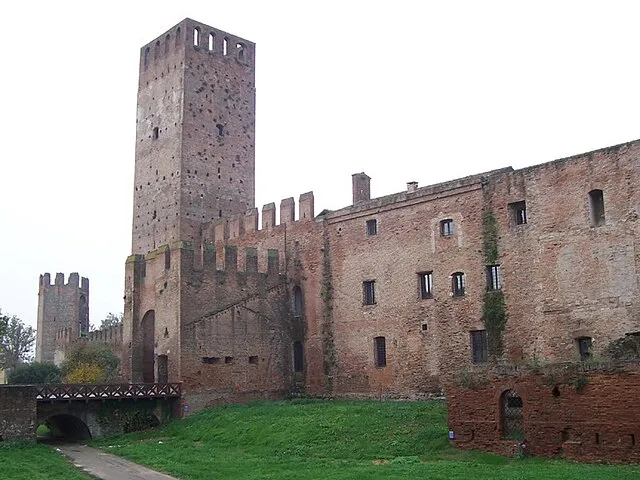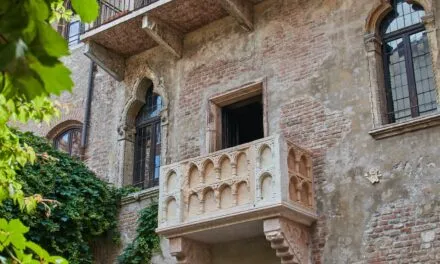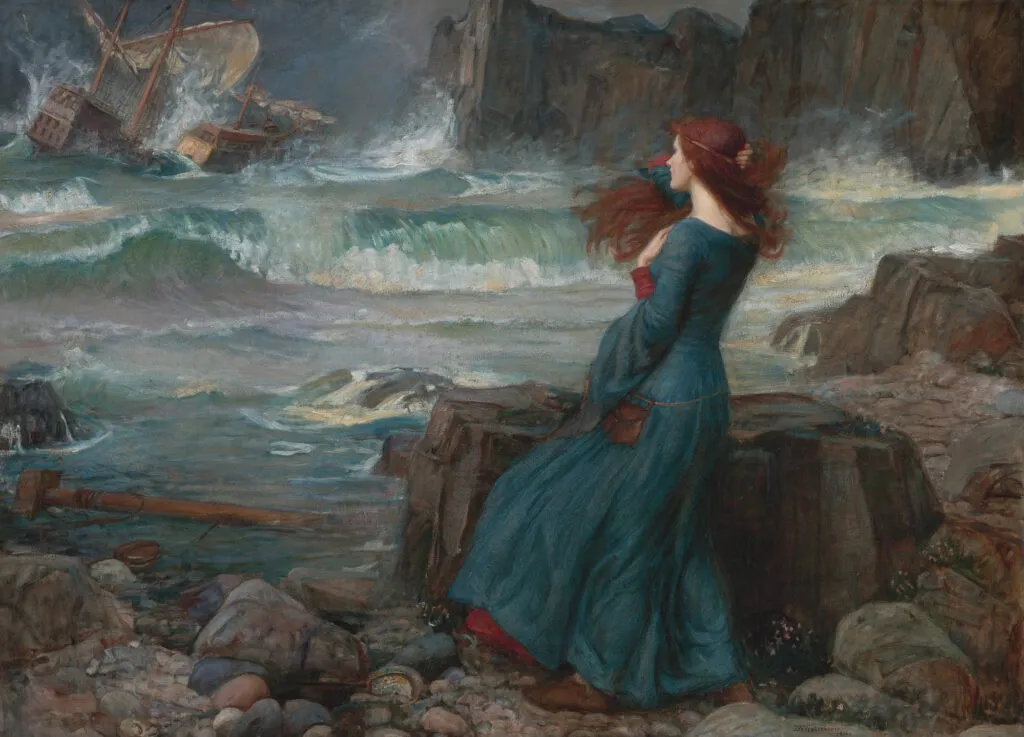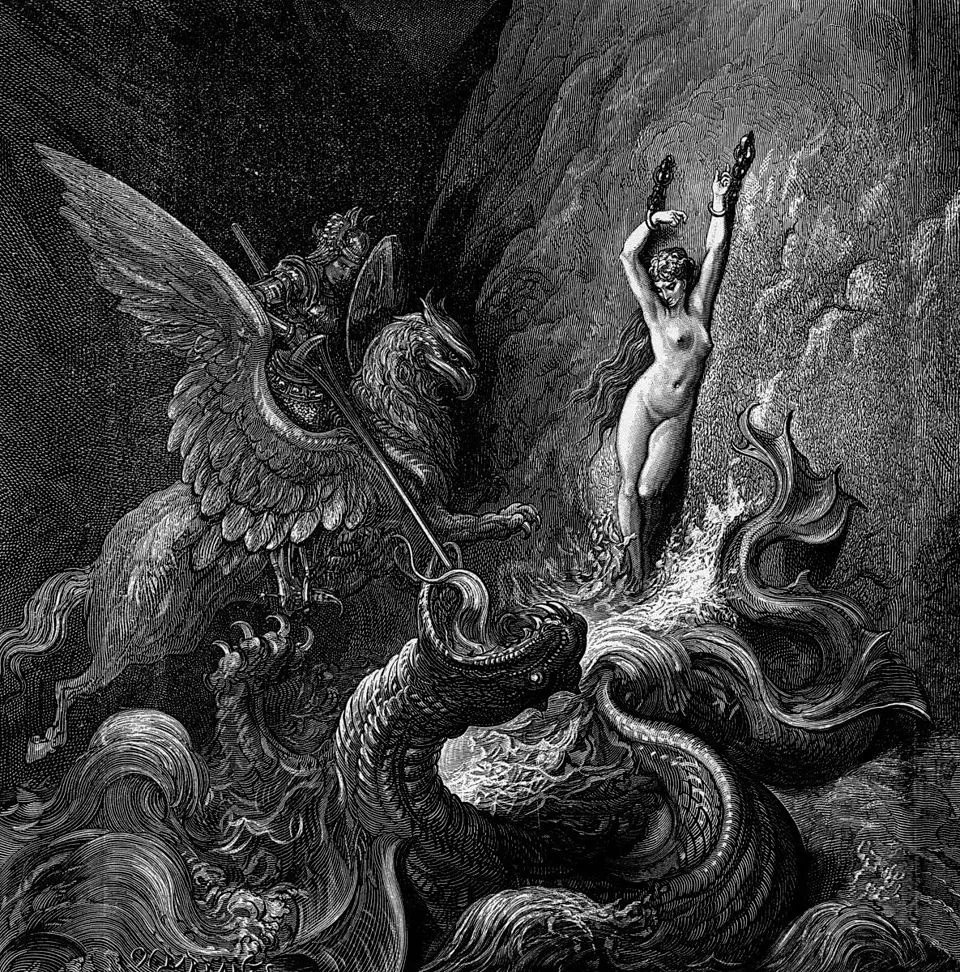(Angelo Paratico) Montagnana is a municipality located 55 km from Verona, towards Padua. It remains largely untouched by international tourism, and even few Italians are familiar with it. This walled city has survived the destruction brought by modernity and has about 9,000 inhabitants. In addition to its walls, it offers many points of interest. The Cathedral was built between 1431 and 1502. Inside the church are a Transfiguration by Paolo Veronese and three panels by Marescalco, including a large votive canvas of considerable documentary value depicting the Battle of Lepanto (1571). There are also a Judith and a David attributed to Giorgione.
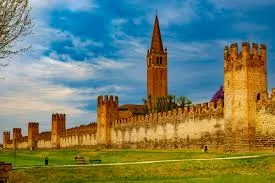
On Via Carrarese stands the town hall, a work attributed to the Veronese architect Michele Sanmicheli (1538). Also notable are the Gate of Alberi and the Castle of San Zeno.
Montagnana is first mentioned as a fortified city in a document from 996. In the following centuries, numerous records attest to its defensive and protective role for the benefit of the surrounding villages, whose inhabitants were responsible for its maintenance. The warlord Ezzelino III (1194–1259) conquered it in 1242.
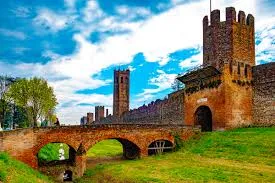
Its walls are among the best preserved in Europe and certainly deserve to be visited by tourists seeking to venture off the usual routes. The ideal time to visit is at the end of January 2020, when the traditional Pork Festival will be held, featuring several events related to pork and dishes including the famous Montagnana ham. All visitors are welcome. It is also worth visiting in August, when the Palio dei 10 Comuni, similar to the Palio of Siena, takes place.
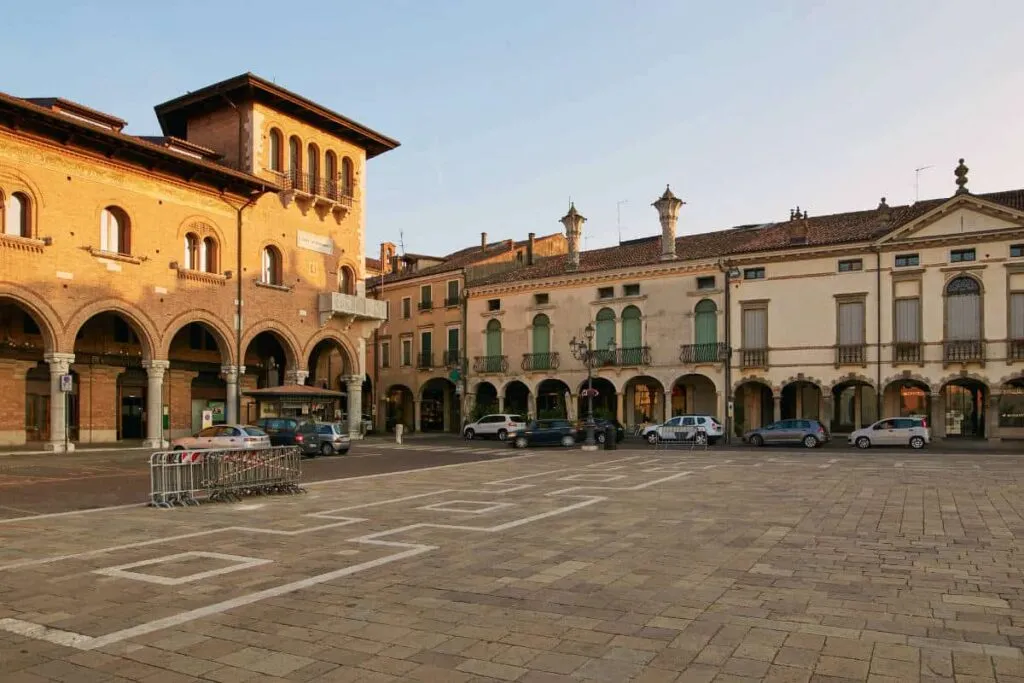
All lovers of the Middle Ages should visit this well-preserved jewel, which was seen as an ideal city combining safety with art and culture.

